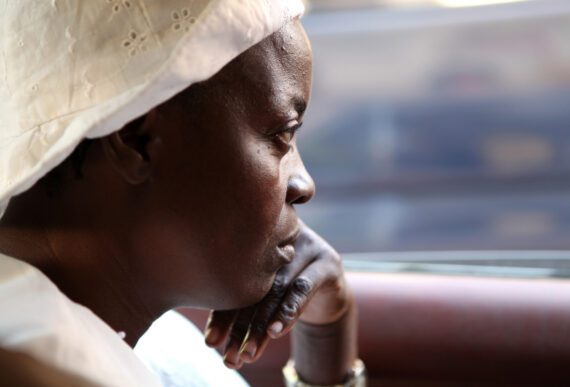By Christian Martinez
Hunger is a problem on college and university campuses, which means that higher education institutions have an important role to play in moving the United States closer to its goal of ending hunger and food insecurity.
The image of college students as carefree 18-year-olds in dorms, supported financially by their parents, depicts only a subset of the nation’s students. The National Council of State Legislators conducted research in 2016 that gave a more complete picture. In the previous 30 days, nearly half (48 percent) of the college students who responded reported being food insecure at some point during the previous 30 days. This figure was higher when only two-year colleges were included. Students of color and students who are the first generation in their families to attend college also reported higher levels of food insecurity.
Many students reported working 20 to 30 hours a week, while some were full-time students who also worked full-time. The study collected other data that provides a snapshot of students’ overall financial circumstances—for example, more than half of those responding said that a shortage of funds had prevented them from buying a required textbook.
As higher education institutions strive to develop emerging leaders and prepare students for their careers, administrators should examine what students need beyond rigorous coursework and professional opportunities. Schools should identify ways to offer nutritious food services and programs, because food insecurity can harm students’ mental or physical well-being, impact their performance in the classroom, and/or put them at higher risk of dropping out. It is especially important to focus on students who were previously food insecure (e.g., during childhood or adolescence) or who are at higher risk of being food insecure while they are students (e.g., single parents).
Many higher education institutions promote diversity and inclusion, but often neglect practical policy solutions that alleviate the diverse problems students face, including hunger. Diversity and inclusion initiatives tend to prioritize race, gender, and class during the admission process to provide more access to underrepresented students. There is value in that, but excluding lived experiences such as hunger means that once students are admitted, there is little focus on barriers that they may face due to these race, gender, and/or class inequities.
So far we have been describing campus food security issues before the COVID-19 pandemic. Students, along with many others, face increased hardship now. They need the support of their institutions more than ever. Many students who were not food insecure in the past are facing hunger, while those who were already at risk (e.g., students from lower-income households, who make up an increasing share of undergraduates at many colleges) are even more likely to experience hunger this year.
The closure of campuses due to COVID-19, with many students returning to their hometowns, has revealed the wide disparities between groups of students, despite the myth that higher education is the “great equalizer.”
At the time of writing, most institutions of higher learning are still on summer break or less structured summer sessions. Students have been struggling to find jobs this summer, including those whose prearranged internships were canceled, potentially hindering their longer-term job prospects. Students who are claimed as a dependent on a parent’s tax return are ineligible for a stimulus check. There have also been some reported delays in processing or disbursing various types of financial aid.
Colleges and universities should consider how they can best help their students cope with the hardships and disruptions caused by the pandemic. Local, state, and federal governments have a critical role, but so do the institutions that surround us, including higher education. They are often overlooked as sources of support for their communities and not expected to assume responsibilities, but this should not be the case. There is much universities can do, ranging from using any available “rainy day” funding to increase financial aid, to establishing a food pantry on campus if they do not already have one, to designating a staff member who can help eligible students apply to federal programs (e.g., the relatively few students who qualify for SNAP benefits). They can also commit to providing ongoing career preparation services to students from the class years most impacted by the pandemic.
Christian Martinez is a racial equity and hunger intern with Bread for the World Institute.



